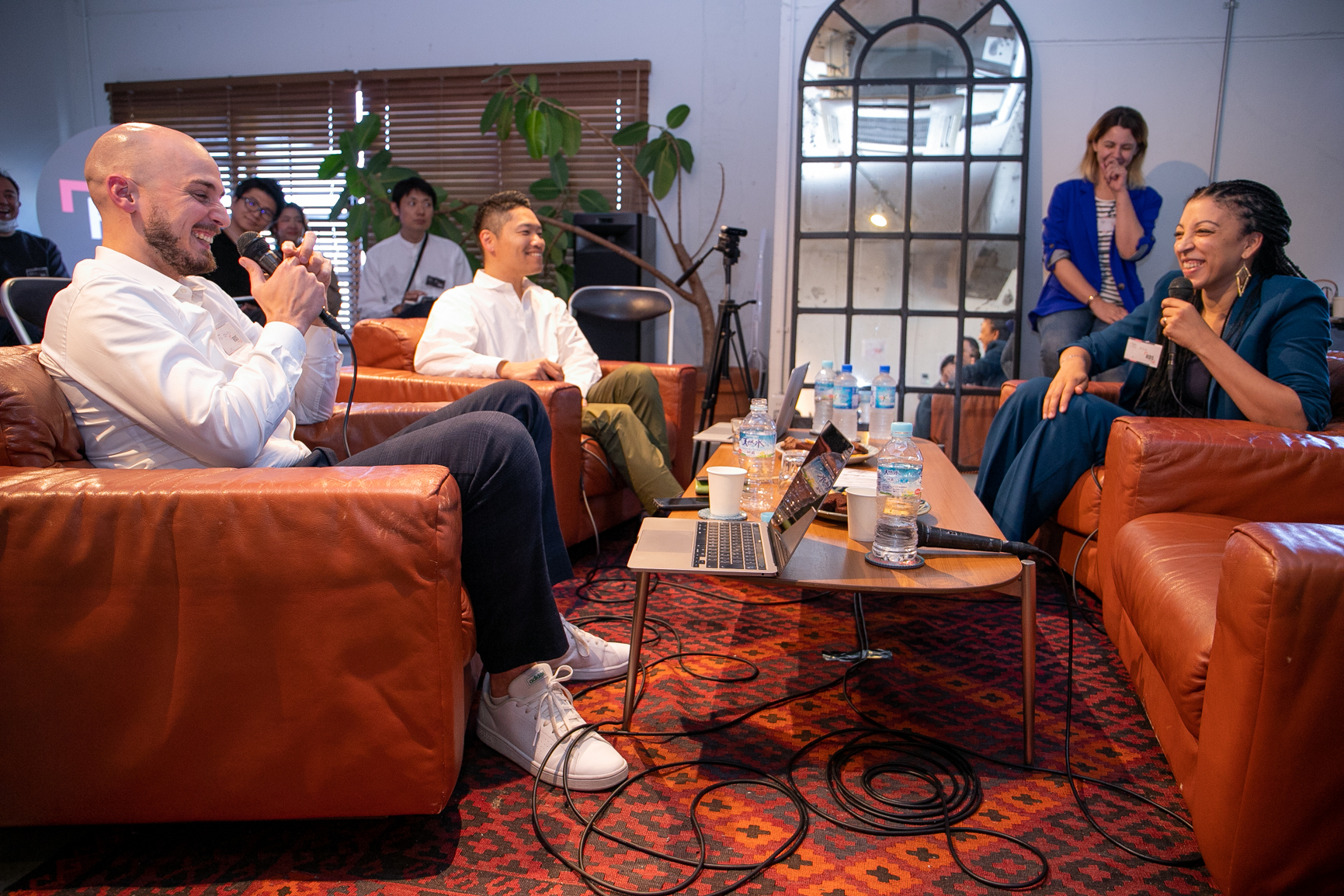Current Position
Communication and branding strategist for Ekohe.
About Me
Explore my professional journey and connect with me on LinkedIn.
Who I Am: A Bridge Between Fields, People, and Ideas
I've always found it strange how often people try to separate art and science, logic and emotion, culture and technology—as if they existed on opposite ends of a spectrum. To me, they're deeply intertwined. My academic and professional path reflects this intuition: I studied mathematics and multimedia techniques, as well as performing arts and heritage policies. Over time, I've shaped a hybrid identity that moves comfortably across disciplines and domains.
This multidimensional background has given me a versatile skill set—from graphic design to experience design, from visual mapping to coding and facilitation. But more than any specific tool, what defines my work is the act of connection. I thrive in spaces where collaboration is difficult: between cultures, between institutions, between individuals who don't (yet) know how to work together. Whether I'm translating academic insights for corporate use, helping French and Japanese teams communicate, or turning abstract ideas into actionable formats, I often find myself playing the role of interpreter, catalyst, and connector.
Over time, this connecting instinct became not just a method but a mission. And it ultimately crystallized into what I now call Relationship Design: a framework, mindset, and practice that helps people and organizations build stronger, more meaningful ways of relating to each other.
What I Do: Designing Better Relationships
Based on that profile full of contrast and diversity, one of my core skills is Relationship Design. I both research, develop and apply it, including in my current position.
Relationship Design is the art and science of intentionally creating, facilitating, and nurturing human connections. It's not just a soft skill—it's a design process that applies psychological, sociological, and communication theories to real-world interactions, especially where collaboration is needed across cultural, social, or professional divides.
My approach to Relationship Design draws on three core academic disciplines:
- Psychology, for understanding individual needs, relational expectations, and interpersonal scripts.
- Sociology, to map collective dynamics and structural constraints.
- Relationship science, to explore how bonds are formed, maintained, and sometimes broken.
Some foundational concepts I use include Relational Mobility (how free people feel to form new relationships in a given society), Social Exchange Theory (which weighs the perceived costs and benefits of interactions), and Attachment Theory (how our early relationships shape our adult patterns). From this base, I build tools and frameworks to help people collaborate more consciously and more effectively.
Relationship Design isn't just theory—it's a toolkit. I extract key mindsets, build frameworks to guide thinking, and then design simple but powerful tools that can be easily used in education, facilitation, business, and intercultural dialogue. These tools are meant to be small enough to carry, but strong enough to change how people relate.
NOMADO: Designing Encounters That Last
One of the clearest illustrations of Relationship Design in action is NOMADO, a project I co-founded and continue to develop with great care. It is, in many ways, my passion project—born from both professional insight and personal conviction.
NOMADO connects people across borders, generations, and social contexts—sometimes three-year-old children with 60-year-old elders, sometimes students from Japan and rural communities in France. It's more than just a cultural exchange. Each NOMADO connection is designed through deep audience profiling, identifying not only what people enjoy or care about, but also where their worldviews and experiences might diverge. We intentionally target those areas of tension—because that's where real understanding begins—and build bridging experiences that make those differences feel valuable rather than divisive.
Each connection includes a prologue phase to prepare participants, a facilitated live encounter, and an epilogue phase to reflect and sustain the impact. These hybrid experiences combine online and physical formats, but always avoid passive screen interaction—every session includes a local facilitator to guide the experience and encourage emotional engagement.
So far, NOMADO has reached more than 6,600 people across France, Japan, and Taiwan. We've produced 7 full episodes and hosted 27+ unique connections, reaching approximately 600 direct participants. Several of these connections have led to real-life travel and encounters, proving that digital bridges can lead to physical ones.
If you're curious to see how NOMADO works in practice, feel free to visit the official website:
.JPG)
.JPG)

.jpg)